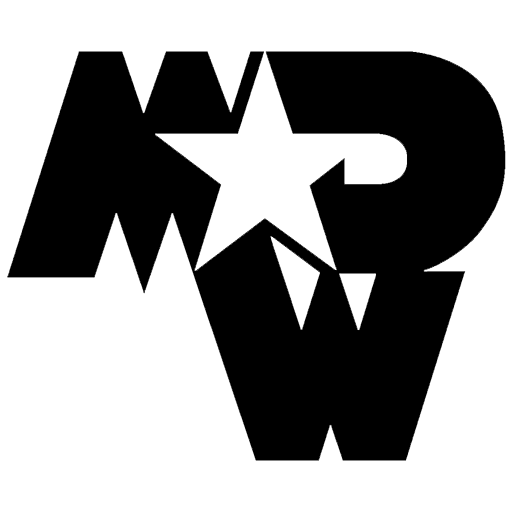Geekspeak March 2010
How I learned to stop worrying and love writing on the web
All my life I’ve kept journals ― at first loose pages in a three-ring binder (remember THOSE?), which led to spiral-bound notebooks, hard-bound journals and finally as electronic files. Once I made the jump to the computer I thought, “Great! Now I’m really saving time and space.” But the further I got down the digital path, the more I realized I’d traded one set of limitations for another. Paper has a lovely random-access nature to it. You can leaf through a book and find an entry quickly, but not so with digital files. Folders of word-processor files are overwhelming and I didn’t dare keep it all as one big file. One mistake and I’d lose everything! So… what to do? About that point I started working on the web and fell in love with HTML and hyperlinked text. Now I was cookin’! Off I went building websites, linking pages and cranking out tons of content. Ultimately, I found the biggest obstacle to finding things was navigating to them. My navigation schemes got more powerful but were harder to maintain. There had to be a better way. That way turned out to be Web Content Management Systems (WCMS).
What’s a WCMS?
It’s a system for organizing information on the web by applying a navigation scheme/appearance to it. The navigation scheme/appearance is called a ‘theme’ and can be changed, essentially redesigning the site. The core of the WCMS is expandable via software plug-ins that add new features or change the behavior of core features.
What’s a blog?
First, it’s a neologism and a portmanteau word created from “web log,” which is a system of posting material organized by date and subject category. Readers are generally allowed to leave comments and some sites moderate user remarks while others just allow everything but investigate reports of bad behavior. So blogs now are very common and have spawned other forms of social media such as Facebook. There’s a lot of CMS systems out there – the ones that I considered using were Drupal, Joomla, MoveableType and WordPress.
Who needs a WCMS or a blog?
First, a brief overview: WCMSes create both pages and posts. The pages are what most people consider the website and there are parent and child pages, so information can be organized by the user rather than by date and category. So pages are the part of the site that’s more-or-less static and has fixed relationships, while the regular articles/announcements/etc in categories are the blog posts. CUAlum.org has blog postings in these categories:
- e-news
- surveys
- CU Voices
- CU Memories
- Click and Drag
- Geekspeak (you’re soaking in it!)
- our photo Galleries
- Buffalum Notes
Posts enable, for example, your company’s event team to announce upcoming events, the communications team to publish their newsletter, the travel group to publish their upcoming trips and so on. It’s just dated material in categories. All these groups can enter new posts or update their information pages at the same time. It’s all done through the web. You surf to a page, enter credentials and step behind the curtain where you can edit the site’s content or appearance. Heady stuff.
RSS – Really Simple Syndication
One of the features of WCMSes is RSS. Sorry for the series of sequential sibilants. It’s for a website that has an audience (however small!) that wants to know when there’s something new to read. E-mail was the usual way until some bright person thought up aggregation and suggested that site operators have their CMSes produce a file ― the RSS file ― containing a standard list of the latest posts in their blogs. Then browsers like Firefox and aggregating programs can collect new post listings, alerting the faithful that the Wall Street Journal has a new article or their favorite cartoon superhero has a new adventure. It’s more of a user pull method than a provider push using e-mail. You get the news faster and have the ability to monitor many news sources at once. It’s created a whole new breed of netizen: the news junkie. So if a friend tells you about a great new way to get your news, beware. You may be on the road to news addiction! Here’s a little taste of RSS to help you get hooked started:
- CU-Boulder Alumni Association
- Coloradan – CU-Boulder Alumni Magazine
- News Center at the University of Colorado
- CU Sports News
Note, you might want to investigate an RSS ‘aggregator’ like NetNewsWire for the Apple Macintosh or FeedDemon for IBM-PC. While your browser can aggregate RSS feeds, these programs provide some great features. I encourage you to check them out. So, ’til next time, keep your passwords obscure and your cache files clean when I’ll be talking about webcams. Doug Wray is the webmaster for the CU-Boulder Alumni Association.



















Nice and concise!